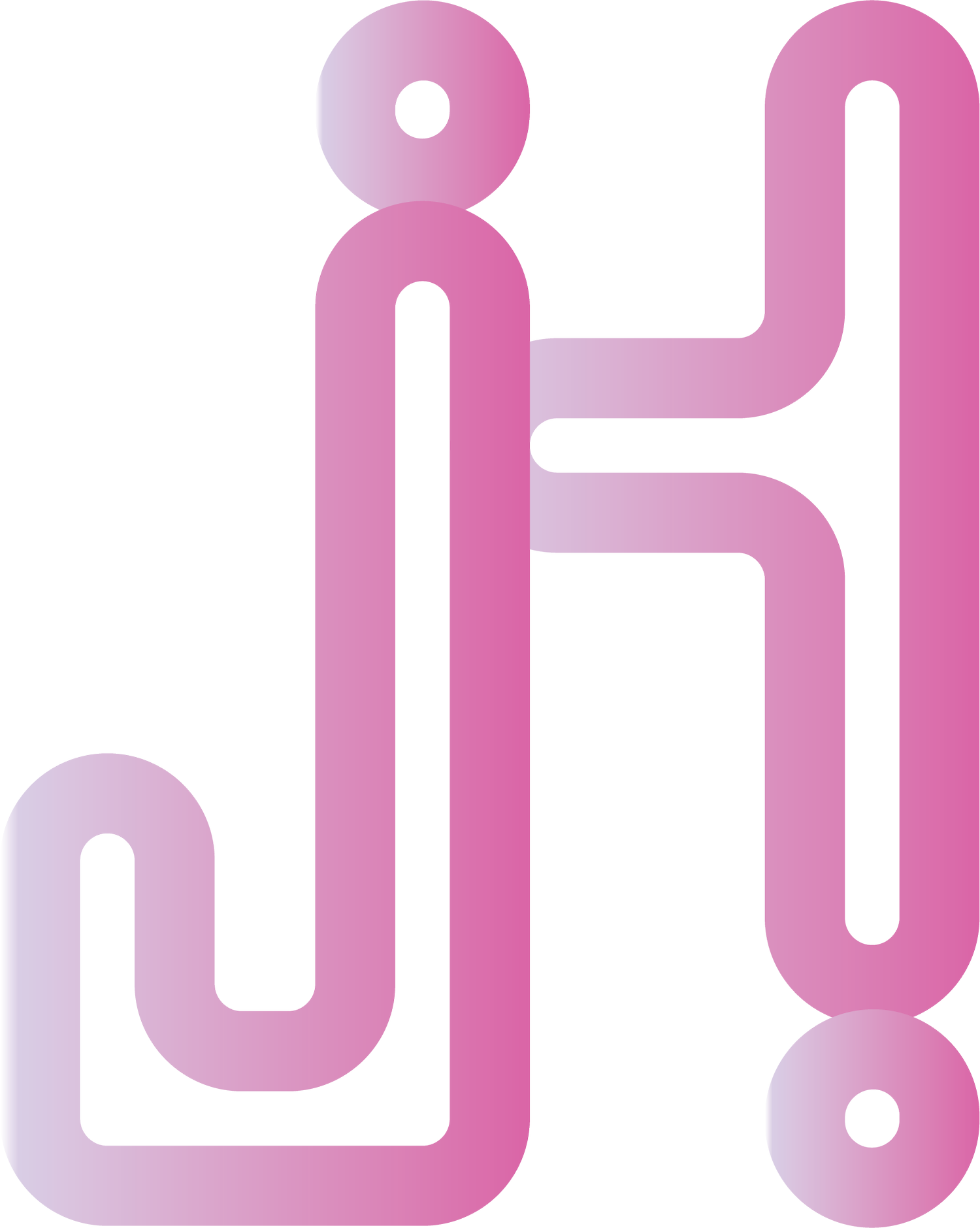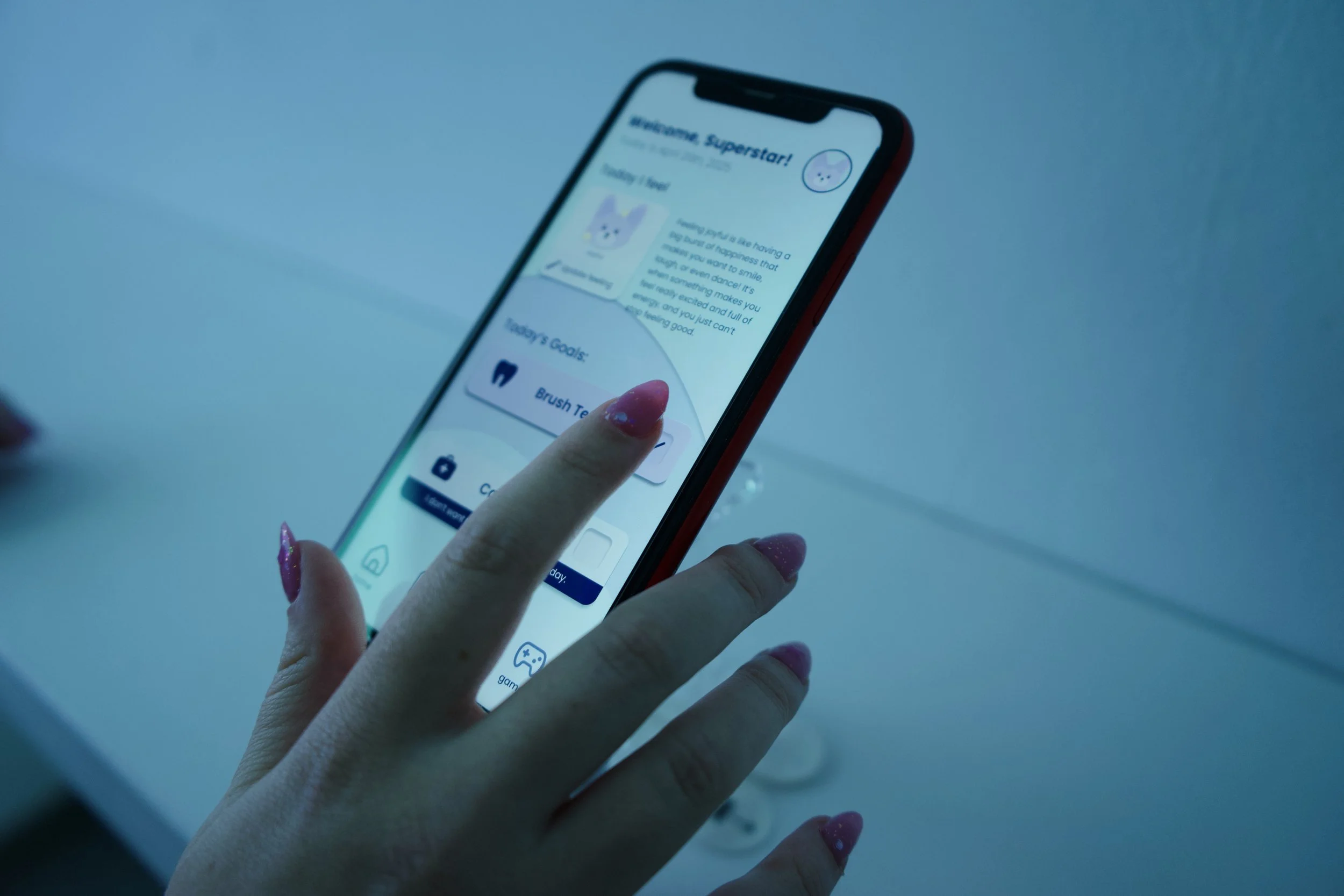Synaptria
"Synaptria," my thesis project, has provided me with an invaluable opportunity to explore accessible design. Through the tools and knowledge I've gained during my time at UB, I’ve developed a semi-functional app interface focused on self-regulation, creating safe spaces for unwinding, fostering behavioral learning, establishing routines, and incorporating mini-games. Every element of the design is grounded in research and informed by my education. In addition to the app, I’ve designed prints to enhance the sense of community I hope to cultivate. My ultimate goal is to bring people together and promote inclusivity.
Year
2024-2025
Define & Research
As we continue to deepen our understanding of diverse populations and work towards inclusivity, there are still significant gaps in designing a world that truly accommodates everyone. Examples include sensory-friendly environments, accessible communication tools, and tailored mental health support. I aim to use my design expertise to create experiences that offer people sensory-friendly tools for navigating the world with ease.
My vision includes a minimalistic interface to ensure clarity and usability paired with fun and engaging illustrations that resonate with different audiences. I want to explore which design styles are most appealing across a variety of preferences. My goal is to foster a sense of community within this experience, incorporating posters, buttons, or unique illustrations that reflect diverse personality types, making the environment both functional and uplifting.
Define Phase
To research my topic I took to not just published books and articles but Reddit, Youtube, and TED Talks. I wanted to try to understand and to put myself in the shoes of my target audience. I also researched accessible design principles which will influence the build of my app. I used this research to inform my User Personas, Mood Board, and Color Palette. I wanted the colors to reflect how I want my users to feel as they move through the app: calm. The cool colors I chose represent freedom, stability, future, and growth. All of these are important aspects of what I am trying to achieve.
Research Phase
Design & Test
Throughout the design process, I focused on creating an experience that was both accessible and emotionally supportive. Drawing from research insights, I implemented visual and interaction design choices that prioritized clarity, calmness, and ease of use.
I chose a calming color palette with soft blues and purples to create a soothing visual environment and reduce cognitive stress. The UI follows a minimalist approach to avoid overstimulation—intentionally eliminating unnecessary elements, flashing animations, or loud alerts. Instead, transitions are subtle, helping users feel in control and grounded.
Typography is clean and legible, with clear hierarchy and large touch targets to support accessibility, especially for users with visual or motor impairments. Navigation remains simple and consistent across the app, ensuring users can easily learn and predict how to move through the experience. I also paid careful attention to color contrast to maintain readability and ensure compliance with accessibility standards.
These design decisions were all made to support a user experience that feels intuitive, inclusive, and calming—reflecting both the goals of the product and the needs of the users.
Design Phase
Thesis Exhibition
The final test of the prototype was at my Senior Thesis exhibition! Anyone and everyone was welcomed and encouraged to test the limits of the prototype. I watched as people chose emotions, checked off items from the goals list, and spent time in the digital “safe space”. Observing how users navigated the interface independently helped validate the intuitive flow and design choices I'd refined throughout the project. Their reactions, questions, and comments offered new perspectives and reinforced the importance of simplicity and accessibility in the user experience.
This exhibition not only marked a major milestone in the project, but also highlighted the impact of user-centered design and how thoughtful, inclusive choices resonate with a wider audience.
Building on the insights from my research and the structure outlined in my wireframes, I brought the design into Figma to create an interactive, semi-functional prototype. Using Figma’s prototyping tools, I connected key screens to simulate realistic user flows—such as onboarding, navigation, and task completion—allowing for early testing and iteration.
As the prototype evolved, I conducted informal usability testing sessions with peers from my senior thesis class, as well as friends and family. Their diverse feedback helped me uncover usability issues, identify confusing interactions, and validate design decisions in a real-world context. This ongoing testing process was crucial for refining the app’s user experience.
Test Phase









